100% are Thai ethnic people
About 6km from the administrative center of Dien Bien province, Phieng Loi village (Dien Bien Phu ward) was formed in 1956, located along the historic Nam Rom river.
According to the people's explanation, "ping" is a flat location, "Loi" is a misspelling of the word "long", expressing the desire for a stable, long-term life of the villagers.

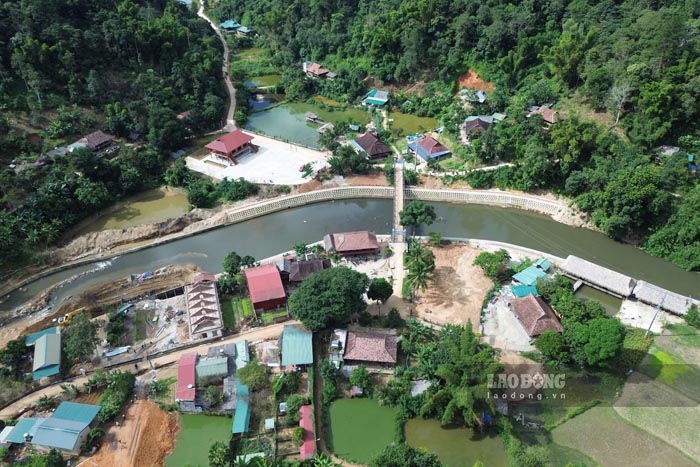
Phieng Loi village currently has 68 households, 100% of whom are black Thai ethnic people. People mainly produce traditional agriculture such as growing rice, crops and maintaining handicrafts such as embroidery, brocade weaving, and weaving.
In particular, traditional stilt houses are harmoniously arranged according to the philosophy of "back to the mountain, face to the river", expressing cultural identity and typical residential practices, very favorable for developing community tourism.
Although tourism activities have been implemented since 2020, Phieng Loi currently has only 1 homestay business household, 2 food businesses (including 1 regular establishment) and 2 mass art troupes. These activities are mostly small, spontaneous, and not commensurate with potential.
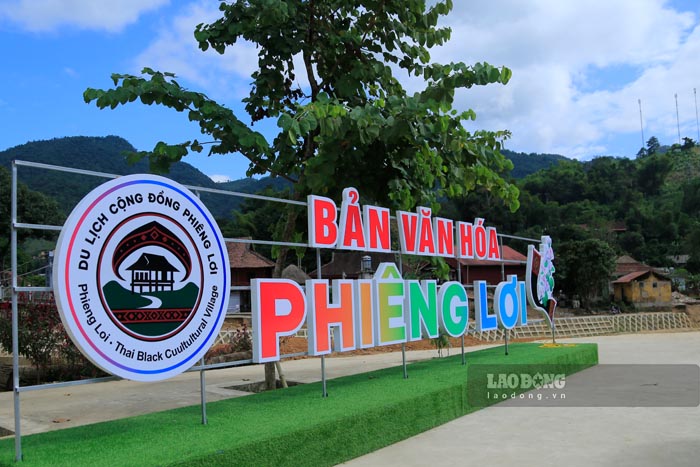
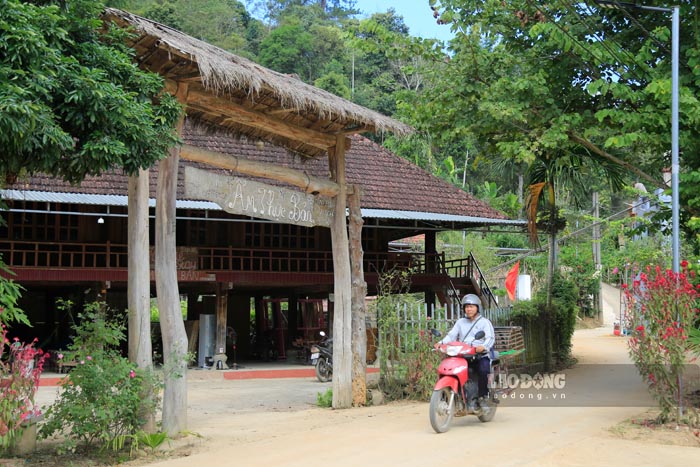
According to records, despite possessing great potential, tourism development in Phieng Loi is facing many barriers.
The big problem is infrastructure. The inland traffic system is still mainly dirt roads, many sections have degraded, causing difficulties for travel, especially during the rainy season.
The village also does not have a public lighting system, lacking standard toilets, parking lots and landscapes for tourism.
" exchanging a new shirt" for Phieng Loi
Identifying tourism as an important economic sector with the potential to create a breakthrough in economic restructuring and improving people's lives.
Mr. Pham Cong Chinh - Vice Chairman of Dien Bien Phu Ward People's Committee said that in the coming time, resources will be focused on to increase investment, upgrade infrastructure, internal roads, lighting systems, water supply - drainage, environmental sanitation, public toilets and parking lots to serve tourists.
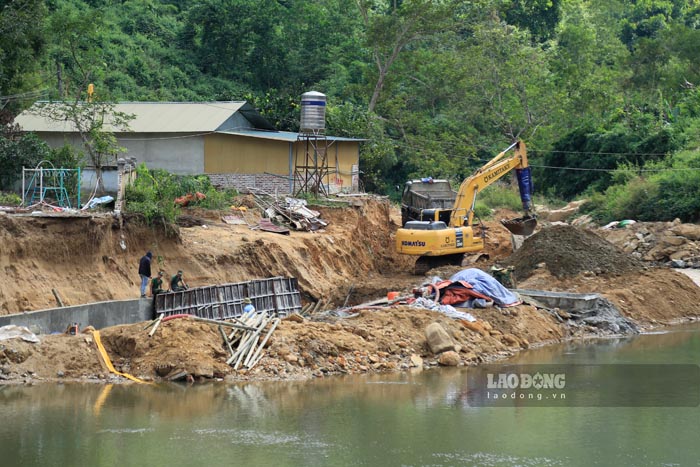
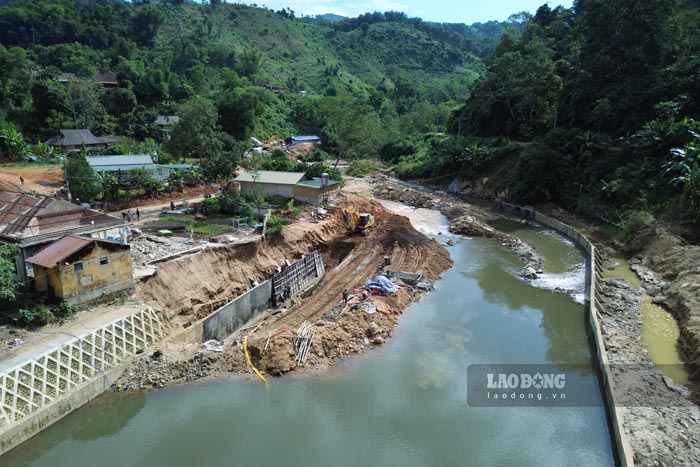
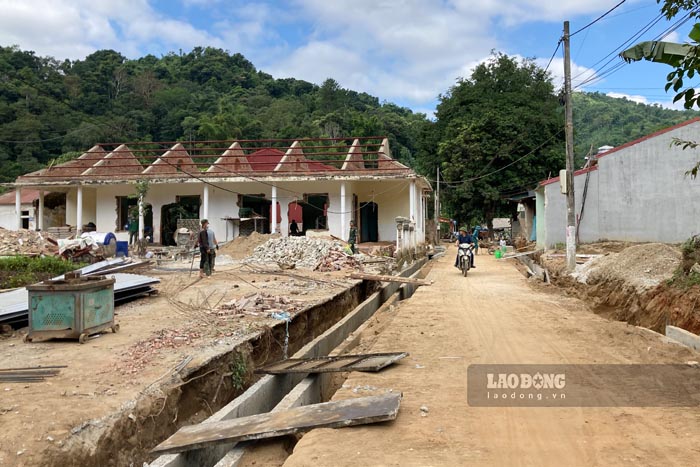
In addition, community tourism space planning is associated with the Nam Rom river landscape. Build a walking route (walking, bicycle), sightseeing spot, check-in area, boat dock and camping area.
Along with that, it is necessary to restore traditional festivals and handicrafts to create unique products. Develop experiential tourism (residing in stilt houses, learning handicrafts, agricultural cultivation, enjoying Thai ethnic cuisine).
According to Mr. Chinh, to ensure sustainable livelihoods for people, it is also necessary to train community tourism skills, communication skills, service and homestay management for the people in the village.
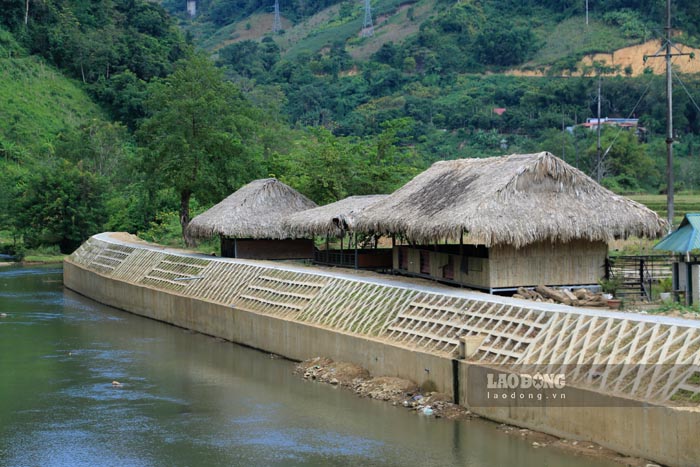
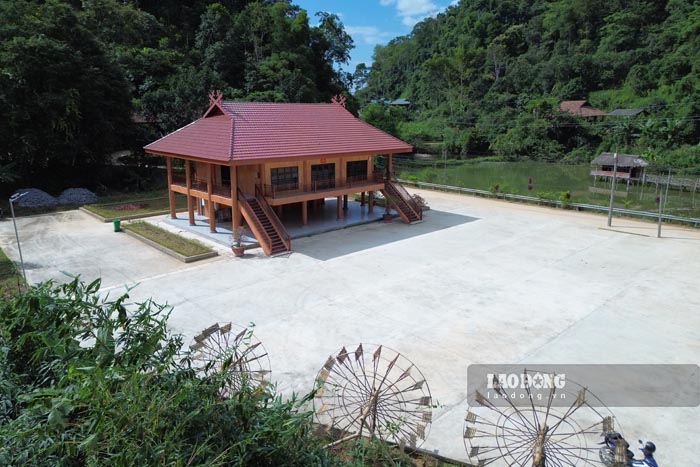
According to the reporter's records, the project to build a stream embankment along the Nam Rom river in Phieng Loi village is under construction, promising to change the appearance and solve the landslide problem, creating a landscape for the village.
With the participation of the government and the consensus of the people, the Phieng Loi community tourism destination is expected to open on December 1, 2025.
Previously, at the end of October, Mr. Lo Van Cuong - Vice Chairman of Dien Bien Provincial People's Committee surveyed and inspected the Phieng Loi village community cultural tourism site to assess the potential, natural conditions, infrastructure, landscape, culture and community life.
Here, the Vice Chairman of the Provincial People's Committee also requested the Department of Culture, Sports and Tourism to coordinate with relevant departments, branches and Dien Bien Phu ward to develop a specific project to develop community cultural tourism in Phieng Loi, associated with socio-economic development programs, ensuring harmony between heritage conservation and improving people's lives.
Along with that, continue to conduct detailed surveys and assess the current status of infrastructure, transportation systems, electricity, water, and environmental sanitation. Mobilize people to unite and actively participate in the community tourism model, contributing to creating sustainable livelihoods.






